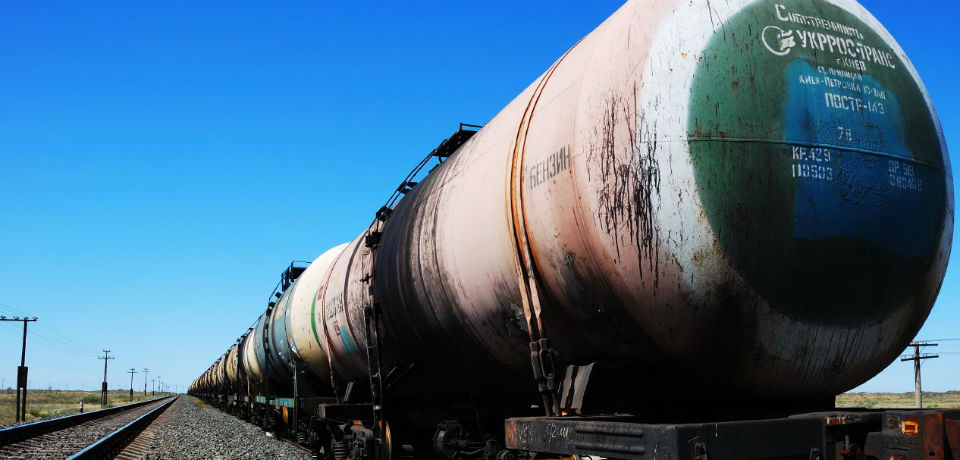AFP |
Kazakhstan, whose president Nursultan Nazarbayev announced his resignation on Tuesday after nearly 30 years in power, is a former Soviet republic in Central Asia whose economy has been hit by the fall in oil prices.
Key facts about the world’s ninth largest nation of 18 million people (World Bank, 2017):
Nazarbayev’s Long Rule
Nazarbayev came to power in 1989 as the first secretary of the Kazakh Communist Party, when the country was still part of the Soviet Union. He kept power after independence in 1991. He was elected in 1991 and re-elected several times, each time with more than 80 percent of the vote. The polls were internationally criticised.
Situated at the crossroads of Europe, China and Russia, the largely desert country stretches from the Caspian Sea to Central Asia’s mountains.
Rights groups have regularly denounced the lack of democracy in the country. Several opponents have been killed in murky circumstances, or imprisoned or forced into exile. Opposition media have been banned.
In 2010 Nazarbayev was given by parliament the constitutional status as “Leader of the Nation”, under which he has significant powers. Then last year parliament cemented Nazarbayev’s status as the country’s top power broker even if he retires as president.
Read more: Syria talks on fragile Idlib truce begin in Kazakhstan
Hit by Oil Prices
Kazakhstan, Central Asia’s biggest economy which has in the past seen double-digit growth, has struggled to recover from a 2014 plunge in oil prices. It has also been affected by the economic crisis in Russia, which led to a devaluation of the Kazakh currency, the tenge, and to high inflation.
Nearly a 10th of its territory was irradiated by some 490 nuclear tests carried out between 1949 and 1989 in the northeastern region of Semipalatinsk.
Oil accounts for around a quarter of the country’s Gross Domestic Product and most of its budget revenues. The world’s biggest producer of uranium, Kazakhstan is also overflowing with manganese, iron, chromium and coal.
Kazakhstan has linked the future of its economy to neighbouring China, investing heavily in its road network, railways and port infrastructure to facilitate trade links.
Read more: Kazakh police raid raises spectre of China’s long arm – James…
Former Soviet Republic
Populated by nomads, Kazakhstan was gradually conquered in the 18th and 19th centuries by the Russian Empire, whose settlers founded Alma-Ata, today’s Almaty, the main city and former capital. Almaty was replaced in 1997 by Astana, transformed from a minor provincial steppe town into a futuristic city.
Resistance to the new Bolshevik regime lasted until 1920. An autonomous republic from 1924, Kazakhstan became in 1936 one of the 15 Soviet republics. It eventually proclaimed its independence on December 16, 1991 after the Soviet Union crumbled.
Kazakhstan, Central Asia’s biggest economy which has in the past seen double-digit growth, has struggled to recover from a 2014 plunge in oil prices.
Since the Soviet era, Kazakhstan has been home to Russia’s main cosmodrome at Baikonur, which has a monopoly on travel to the International Space Station ever since NASA stopped its launches there.
Vast Desert Territory
Situated at the crossroads of Europe, China and Russia, the largely desert country stretches from the Caspian Sea to Central Asia’s mountains. Nearly a 10th of its territory was irradiated by some 490 nuclear tests carried out between 1949 and 1989 in the northeastern region of Semipalatinsk.
Read more: Harsh Turkish condemnation of Xinjiang cracks Muslim wall of silence –…
Jihadism and Peace Talks
Thousands of people from Central Asia and the Caucasus, including hundreds of Kazakhs, have gone to Syria since the start of the country’s conflict in 2011 to join the jihadist Islamic State and other extremist groups.
Flaunting its role as an international mediator and platform for peace efforts, Kazakhstan has since 2017 hosted Syria peace negotiations, sponsored by regime backers Russia and Iran, and rebel backer Turkey.
© Agence France-Presse














